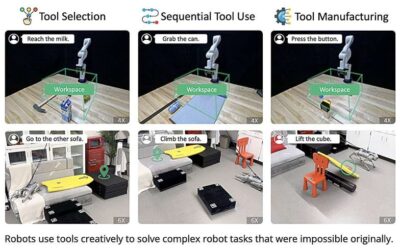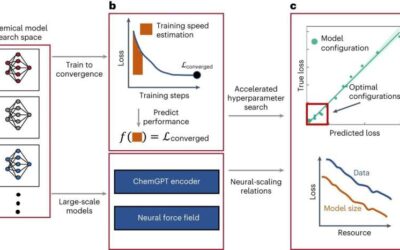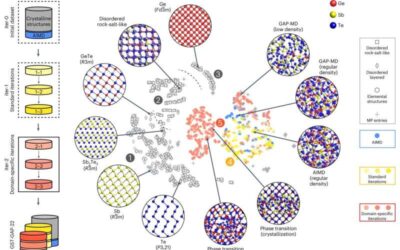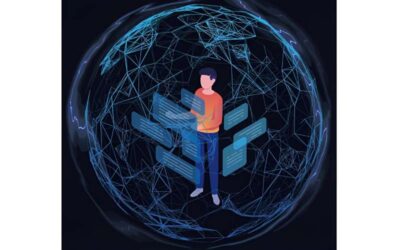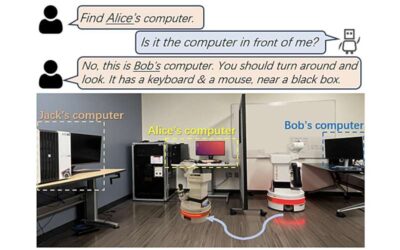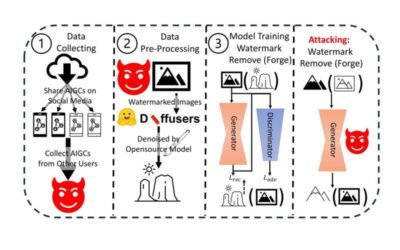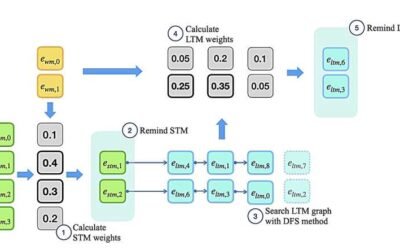To best assist humans in real-world settings, robots should be able to continuously acquire useful new skills in dynamic and rapidly changing environments. Currently, however, most robots can only tackle tasks that they have been previously trained on and can only...
Machine learning & AI
Creating artistic collages using reinforcement learning
Researchers at Seoul National University have recently tried to train an artificial intelligence (AI) agent to create collages (i.e., artworks created by sticking various pieces of materials together), reproducing renowned artworks and other images. Their proposed...
A system that allows robots to use tools creatively by leveraging large language models
Researchers at Carnegie Mellon University and Google DeepMind recently developed RoboTool, a system that can broaden the capabilities of robots, allowing them to use tools in more creative ways. This system, introduced in a paper published on...
Study explores the scaling of deep learning models for chemistry research
Deep neural networks (DNNs) have proved to be highly promising tools for analyzing large amounts of data, which could speed up research in various scientific fields. For instance, over the past few years, some computer scientists have trained models based on these...
A machine learning–based tool to model phase-change memory materials
Computer simulations can greatly contribute to the study of new promising materials for technological applications. These include so-called phase-change materials (PCMs), substances that release or absorb thermal energy while melting and solidifying, which are...
Study identifies human–AI interaction scenarios that lead to information cocoons
The widespread use of AI algorithms, particularly algorithms designed to recommend content and products to users based on their previous activity online, has led to the rise of new phenomena known as social media echo chambers and information cocoons. These phenomena...
Using large language models to enable open-world, interactive and personalized robot navigation
Robots should ideally interact with users and objects in their surroundings in flexible ways, rather than always sticking to the same sets of responses and actions. A robotics approach aimed towards this goal that recently gained significant research attention is...
A robot that can detect subtle noises in its surroundings and use them to localize nearby humans
To safely share spaces with humans, robots should ideally be able to detect their presence and determine where they are located, so that they can avoid accidents and collisions. So far, most robots were trained to localize humans using computer vision techniques,...
Study unveils vulnerabilities of watermarking AI generated content
With the advent of LensaAI, ChatGPT and other highly performing generative machine learning models, the internet is now growing increasingly saturated with texts, images logos and videos created by artificial intelligence (AI). This content, broadly referred to as AI...
A Hebbian memory that achieves human-like results on sequential processing tasks
Transformers are machine learning models designed to uncover and track patterns in sequential data, such as text sequences. In recent years, these models have become increasingly sophisticated, forming the backbone of popular conversational platforms, such as ChatGPT,



